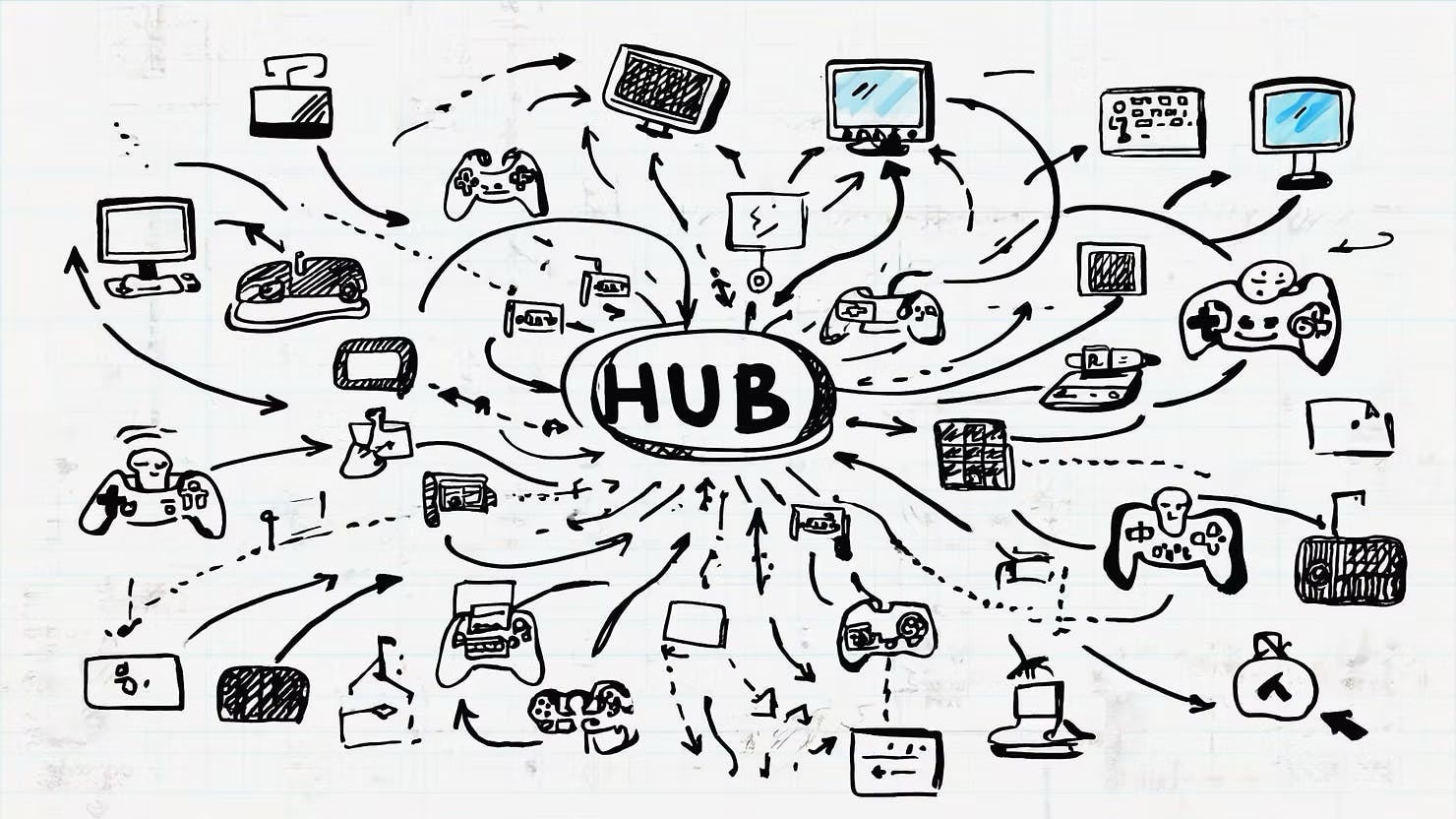
"The gaming industry has seen unprecedented investment, leading to an explosion of high-quality content. Between 2019 and 2023, Steam saw a near doubling of game releases, reaching over 14,500 per year. Distribution channels like the App Store and Google Play are flooded with over a thousand new apps daily, providing players with remarkable choices amidst a saturated market."
"Many game founders still rely on the simplistic notion of producing a great game and placing it on Steam Early Access as their only launch strategy. This lack of a robust go-to-market plan often results in games being overlooked in the competitive landscape."
"Similar to Hollywood, where the focus on blockbuster content was transformed by Netflix's innovative distribution model, gaming is now at a crossroads where quality content must be paired with effective distribution strategies. Although high-quality games proliferate, they often fail to gain visibility without comprehensive marketing efforts."
"The evolution in music distribution exemplifies the shifts currently taking place in gaming. Platforms like Spotify and TikTok shifted the power dynamic from traditional labels to artists and audiences, highlighting the importance of access and shareability as fundamental to success in this new landscape."
The gaming industry has experienced monumental investment, with funding exceeding historical averages and leading to a surge in high-quality games. From 2019 to 2023, Steam's game releases nearly doubled to over 14,500 annually, while mobile platforms see over a thousand new apps daily. Despite this influx of content, many games go unnoticed due to inadequate launch strategies. Historical parallels can be drawn with Hollywood's response to streaming services and the music industry's transformation by platforms like Spotify, underscoring the need for innovative distribution methods in gaming.
Read at Hackernoon
Unable to calculate read time
Collection
[
|
...
]